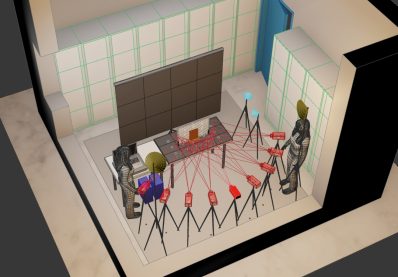PROJECT
The Codex 4D project includes and interconnects several disciplinary approaches under the banner of a global methodology aimed at increasing knowledge of the ancient codex, in consideration of its historical-artistic and diagnostic, material and intangible, visible and invisible features.
Beyond the mere digitisation of the codex contents, the project focuses on the conception of new models of narration and 3D virtual representation, on scientific investigation and visualisation tools, with different languages and degrees of complexity, for the various contexts of use.
PROJECT OBJECTIVES
- Create a multidisciplinary experience with the manuscript
- “Enhance” the perception of the manuscript as a multidimensional object, through virtual reality environments
- Integrate and map information in the visible (RGB) and invisible (IR) fields onto the 3D model
- Semantically characterise and annotate the 4D model
- Promote research in the field of user experience (utility, usability, accessibility and cognitive education)
- Implement the 4D model on an open source and editable Web App
- Push scientific communication towards language that is capable of arousing emotion and motivating the public to develop awareness of the value of manuscript
- Improve interaction and sharing processes among research teams
Here, the methodologies adopted for the study of the content, materials, execution techniques and the state of conservation through non-invasive investigations are presented. These methods have been derived from the skills and techniques developed over many years by an interdisciplinary research team.
Here, the hardware and software tools used for data acquisition and processing are indicated.
These include the primary construction elements, operating principles, the type of input signals and output coding, and the qualitative characteristics of the data.
The CNR ISPC research group and the University of Rome, Tor Vergata, are presented: art historians, codicologists, palaeographers, physicists, biologists, chemists, computer scientists, modellers, and cultural heritage communication experts.
The partner libraries are also presented.



